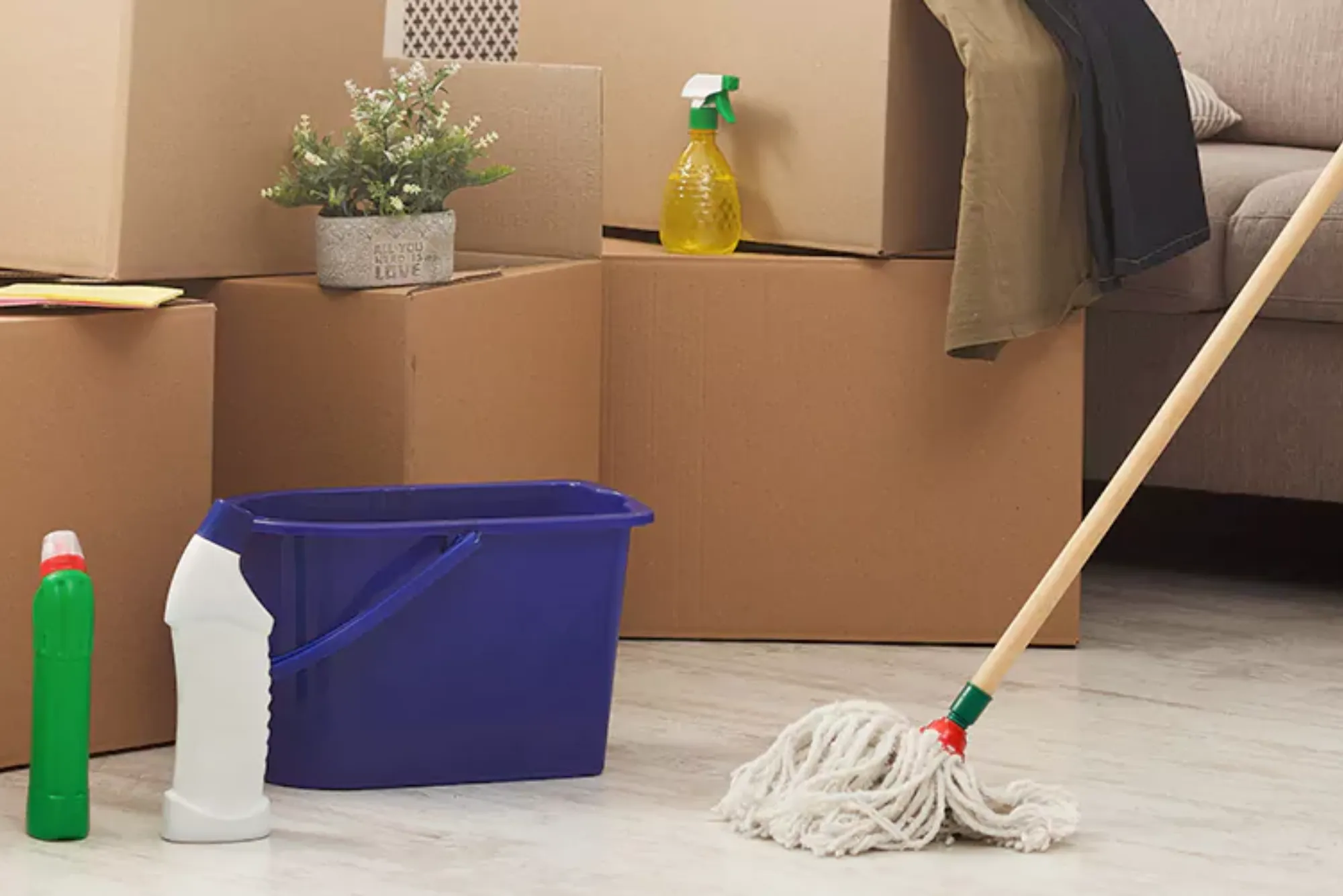In the hospitality industry, the quality and condition of bed linens play a pivotal role in shaping guest experiences. Crisp, clean, and comfortable bedding can elevate a hotel stay, while worn-out linens can leave a negative impression. But how long do hotel bed linens typically last? Understanding their lifespan is crucial for hoteliers aiming to balance guest satisfaction with operational costs. This article explores the average lifespan of hotel bed linens, the factors influencing their durability, and practical strategies for selecting high-quality linens from reputable hotel linen suppliers.
Understanding the Lifespan of Hotel Bed Linens
The average lifespan of hotel bed linens typically ranges from 1 to 3 years, depending on several factors such as material quality, usage frequency, washing practices, and maintenance routines. For high-traffic hotels, linens may need replacement sooner, while boutique properties with lower occupancy might extend their usability closer to the three-year mark. This lifespan is measured in terms of wash cycles, with most commercial-grade linens enduring approximately 150 to 200 washes before showing significant wear.
Why Lifespan Matters for Hotels
For hotel managers, understanding linen lifespan is more than a matter of inventory management—it directly impacts guest satisfaction and operational budgets. Worn-out linens can lead to complaints about discomfort, while frequent replacements increase costs. By investing in durable linens and implementing proper care practices, hotels can optimize both guest experience and financial efficiency.
Factors Affecting the Lifespan of Hotel Bed Linens
Several variables influence how long hotel bed linens remain functional and aesthetically pleasing. Let’s break down the key factors:
Material and Fabric Quality
The type of fabric used in hotel bed linens is one of the most significant determinants of their lifespan. Common materials include:
-
Cotton: Known for its softness and breathability, cotton is a popular choice for hotel linens. High-quality Egyptian or Pima cotton, with longer fibers, tends to be more durable and resistant to wear.
-
Polyester-Cotton Blends: These blends combine the comfort of cotton with the durability of polyester, making them a cost-effective option for hotels. They often withstand more wash cycles than pure cotton.
-
Microfiber: A synthetic option, microfiber is highly durable and resistant to pilling, though it may not offer the same luxurious feel as cotton.
-
Linen: While luxurious and breathable, pure linen is less common in hotels due to its higher cost and tendency to wrinkle, which can affect its lifespan in high-use settings.
When sourcing linens, partnering with reputable hotel linen suppliers ensures access to high-quality materials designed for commercial use. Suppliers often provide detailed specifications, such as thread count and fabric weight, which can guide purchasing decisions.
Thread Count and Weave
Thread count, which refers to the number of threads woven into a square inch of fabric, is often associated with quality. However, a higher thread count doesn’t always equate to durability. For hotel linens, a thread count between 200 and 400 is typically ideal, offering a balance of softness and strength. The weave type—such as percale (crisp and cool) or sateen (smooth and silky)—also impacts durability. Percale, for instance, is known for its longevity due to its tight, grid-like weave.
Frequency of Use
Hotels with high occupancy rates, such as those in tourist-heavy areas, experience more frequent linen use and washing. A single bed sheet in a busy hotel might go through multiple wash cycles per week, accelerating wear and tear. In contrast, linens in seasonal or low-occupancy properties may last longer due to less frequent use.
Washing and Maintenance Practices
Commercial laundry processes are rigorous, involving high temperatures, strong detergents, and mechanical agitation. While these methods ensure hygiene, they can also degrade linens over time. Key washing-related factors include:
-
Water Temperature: Hot water effectively sanitizes linens but can weaken fibers if used excessively. Warm water is often a better choice for balancing cleanliness and fabric preservation.
-
Detergent Type: Harsh chemicals, such as bleach, can break down fibers and cause discoloration. Using mild, commercial-grade detergents is recommended.
-
Drying Methods: Over-drying or using high heat can cause shrinkage and weaken fabrics. Air-drying or low-heat tumble drying is gentler on linens.
-
Washing Frequency: Linens washed daily or multiple times per week will naturally wear out faster than those washed less frequently.
Hotels can extend linen lifespan by working with laundry services that follow best practices or by training in-house staff to handle linens with care.
Guest Handling and Environmental Factors
Guests may inadvertently contribute to linen wear through spills, stains, or rough handling. Additionally, environmental factors like humidity can affect linen longevity. In humid climates, linens may be more prone to mold or mildew if not properly stored, while dry environments can cause fibers to become brittle.
How to Extend the Lifespan of Hotel Bed Linens
Maximizing the lifespan of hotel bed linens requires a combination of smart purchasing decisions and diligent care practices. Here are actionable tips for hoteliers:
Invest in High-Quality Linens
Choosing linens from trusted hotel linens wholesale suppliers can make a significant difference. High-quality linens may have a higher upfront cost but offer better durability and guest comfort, reducing replacement frequency. Look for suppliers who specialize in commercial-grade linens designed to withstand frequent washing and heavy use.
Implement Proper Laundry Protocols
Work with your laundry team or service provider to establish linen-friendly washing protocols. This includes using appropriate water temperatures, mild detergents, and low-heat drying. Regularly inspect linens for signs of wear, such as thinning fabric or frayed edges, and remove damaged items from circulation to maintain quality standards.
Rotate Linen Inventory
Rotating linens ensures even wear across your inventory. Instead of using the same linens repeatedly, maintain a robust stock and cycle them regularly. This practice prevents overuse of specific sets and extends the overall lifespan of your linen collection.
Train Staff on Proper Handling
Housekeeping staff should be trained to handle linens carefully, avoiding practices like dragging sheets across rough surfaces or overloading washing machines. Proper handling during bed-making and laundry processes can significantly reduce wear and tear.
Address Stains Promptly
Stains are inevitable in a hotel setting, but prompt treatment can prevent permanent damage. Use stain removers designed for commercial linens and avoid harsh chemicals that could weaken fabrics. Pre-treating stains before washing can improve outcomes and preserve linen appearance.
Choosing the Right Hotel Linen Suppliers
Selecting the right supplier is critical for ensuring a steady supply of durable, high-quality linens. Here are factors to consider when evaluating hotel linen suppliers:
Reputation and Experience
Choose suppliers with a proven track record in the hospitality industry. Established suppliers understand the unique demands of hotels and offer products tailored to commercial use. Check reviews, ask for references, and inquire about their experience serving properties similar to yours.
Product Range and Customization
Top suppliers offer a wide range of linens, from sheets and pillowcases to duvet covers and mattress protectors. Some also provide customization options, such as monogramming or specific thread counts, to align with your brand’s aesthetic. Hotel linens wholesale suppliers often provide bulk discounts, making it easier to stock up on quality products.
Durability and Certifications
Look for linens certified for commercial use, such as those meeting OEKO-TEX standards, which ensure they are free from harmful substances. Suppliers should also provide clear information about fabric composition, thread count, and expected wash cycle durability.
Customer Support and Delivery
Reliable suppliers offer consistent delivery schedules and responsive customer service. This is especially important for hotels with high linen turnover, as delays in restocking can disrupt operations.
Balancing Cost and Quality
While it’s tempting to opt for the cheapest linens to cut costs, low-quality products often lead to higher long-term expenses due to frequent replacements. Instead, focus on value—linens that offer a balance of durability, comfort, and affordability. Purchasing from hotel linens wholesale suppliers can help reduce costs without compromising quality, as bulk orders often come with discounts.
Budgeting for Linen Replacement
To manage costs effectively, create a linen replacement budget based on your hotel’s occupancy rates and washing frequency. For example, a 100-room hotel with an average occupancy of 80% might need to replace 20–30% of its linens annually, depending on usage and care practices. Factor in both initial purchase costs and ongoing maintenance expenses when planning.
The Role of Guest Experience in Linen Selection
Ultimately, the goal of investing in high-quality linens is to enhance the guest experience. Soft, clean, and well-maintained bedding contributes to positive reviews, repeat bookings, and a strong brand reputation. When guests feel comfortable and cared for, they’re more likely to share their experiences online, boosting your hotel’s visibility and credibility.
Guest Expectations for Bedding
Modern travelers expect more than just a clean bed—they want bedding that feels luxurious and inviting. High-quality linens from trusted hotel linen suppliers can meet these expectations, providing a competitive edge in a crowded market. Additionally, sustainable and eco-friendly linens are increasingly popular among environmentally conscious guests, so consider suppliers offering organic or responsibly sourced options.
Conclusion
The average lifespan of hotel bed linens—typically 1 to 3 years or 150 to 200 wash cycles—depends on factors like material quality, usage frequency, and maintenance practices. By investing in durable linens from reputable hotel linen suppliers, implementing proper care protocols, and rotating inventory, hoteliers can extend linen lifespan while maintaining guest satisfaction. Choosing high-quality hotel linens wholesale options ensures a balance of cost and durability, allowing hotels to deliver exceptional experiences without breaking the budget. With careful planning and attention to detail, your hotel’s bedding can remain a cornerstone of guest comfort and operational efficiency for years to come.



